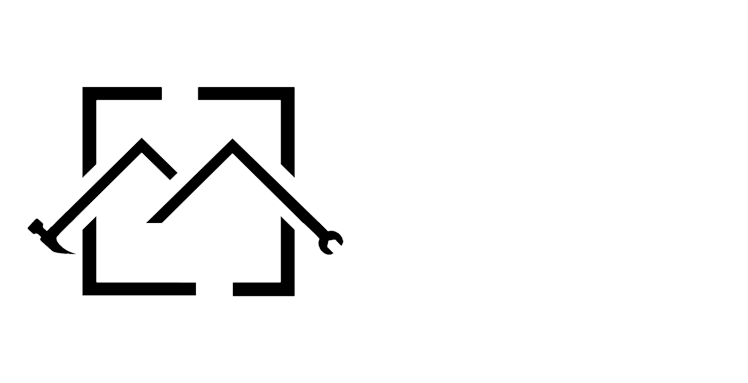Bookkeeping and Accounting for Contractors in Construction
Content
The more you can remove the human element, the more precise and infallible the entire AR process will be. How do you manage your accounts receivable so that they yield the most benefit? Find out everything you need to know about accounts receivable with our comprehensive guide.
- As in other industries, construction accountants perform critical activities to manage the company’s finances, such as recording transactions, managing cash flow and analyzing profitability.
- Let’s have a look at the different recognition methods and some advantages and drawbacks for each.
- He has been an auditor of international companies and a tax strategist for real estate investors.
- In this resource article, we’ll look at what those challenges are, identify the key differences between construction and regular accounting practices, and emphasize the importance of adopting a software solution.
Do you specialize in residential or small commercial contracting or light construction? A home with a new roof, new windows, a new addition, being trusted by homeowners and businesses to bring their dreams to reality. Dealing with all the paperwork in running the ‘business’ side, aka doing your accounting.
Understanding sales tax rules for the construction industry
This gives you access to the funds needed to buy materials, pay subcontractors and vendors, and mobilize on the job site before construction starts. The terms work-in-progress and finished goods are relative terms made in reference to the specific company accounting for its inventory. It’s incorrect to assume that finished goods for one company would also be classified as finished goods for another company. For example, sheet plywood may be a finished good for a lumber mill because it’s ready for sale, but that same plywood is considered raw material for an industrial cabinet manufacturer.
What type of accounting is used in construction?
Construction Accounting FAQs
A: Accounting methods used in construction accounting include cash basis, accrual basis, the completed contract method (CCM) and the percentage of completion method (PCM).
To stay on top of cash flow and keep your books in check, you will need a flexible yet organized construction accounting system. Construction companies either own their equipment or rent it for particular jobs. The costs of rental equipment will need to be factored in, as well as the invoicing due for obtaining it.
Project Management
These include white papers, government data, original reporting, and interviews with industry experts. We also reference original research from other reputable publishers where appropriate. You can learn more about the standards we follow in producing accurate, unbiased content in oureditorial policy.
The purpose of retainage is to ensure that the contractor completes the project as agreed. There are also many fringe benefits that construction workers are entitled to, including health insurance, vacation pay, and retirement benefits. Along with wages, this information is reported on W-2s and 1099s for your employees and subcontractors at the end of the year.
Tips for Effectively Managing Accounts Receivable in the Construction Industry
Hearst Newspapers participates in various affiliate marketing programs, which means we may get paid commissions on editorially chosen products purchased through our links to retailer sites. Using a GL helps your bookkeeper spot any discrepancies or unusual transactions that might indicate errors or fraud. Easy-to-use technology that grows with you and helps increase productivity and profitability. We believe in building a community for construction – sharing is a big part of that. If you have industry expertise or a story to tell, your voice can reach thousands here. Make sure that each description provides enough information so that a new person on a job could dive in and easily make themselves familiar with your system.
As your trusted partner in financial management, we make sure you comply with all relevant labor and tax laws and improve the profitability of your construction business. Due to the project-based nature of contracting, https://www.newsbreak.com/@cnn-edits-1668599/3002242453910-cash-flow-management-rules-in-the-construction-industry-best-practices-to-keep-your-business-afloat job costing is at the core of construction accounting. It’s necessary for projects that last more than one year since you need to know each project’s costs for the completed contract and POC methods.
See if you’re eligible for business financing
This helps to reduce the chances of having repeat and unnecessary accounts in your COA. Keeping your COA lean also eliminates clutter in transaction posting and reporting. Fewer accounts mean increased processing speed and reduce accounting time. You need to find a balance between the number of accounts and the required amount of detail. Now that you have learned the essential parts comprising a chart of accounts, you can engineer a COA that grows with your construction business and helps you succeed. These accounts track all materials purchased for project or service implementation, such as sand, cement, gravel, bricks, carpentry, electrical, plumbing materials, and more.

